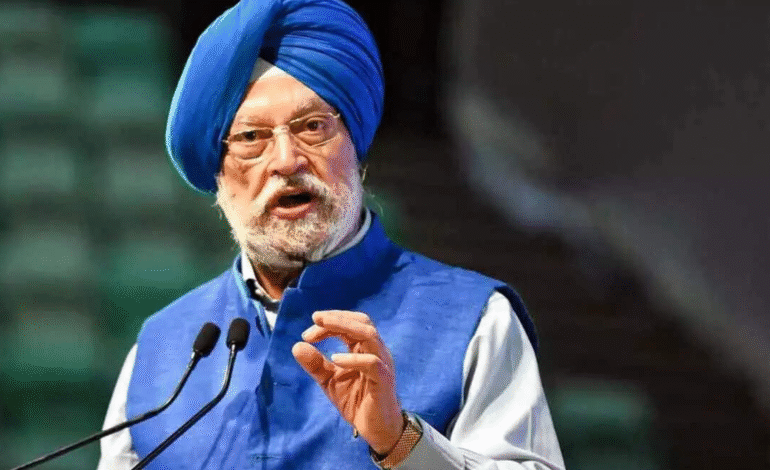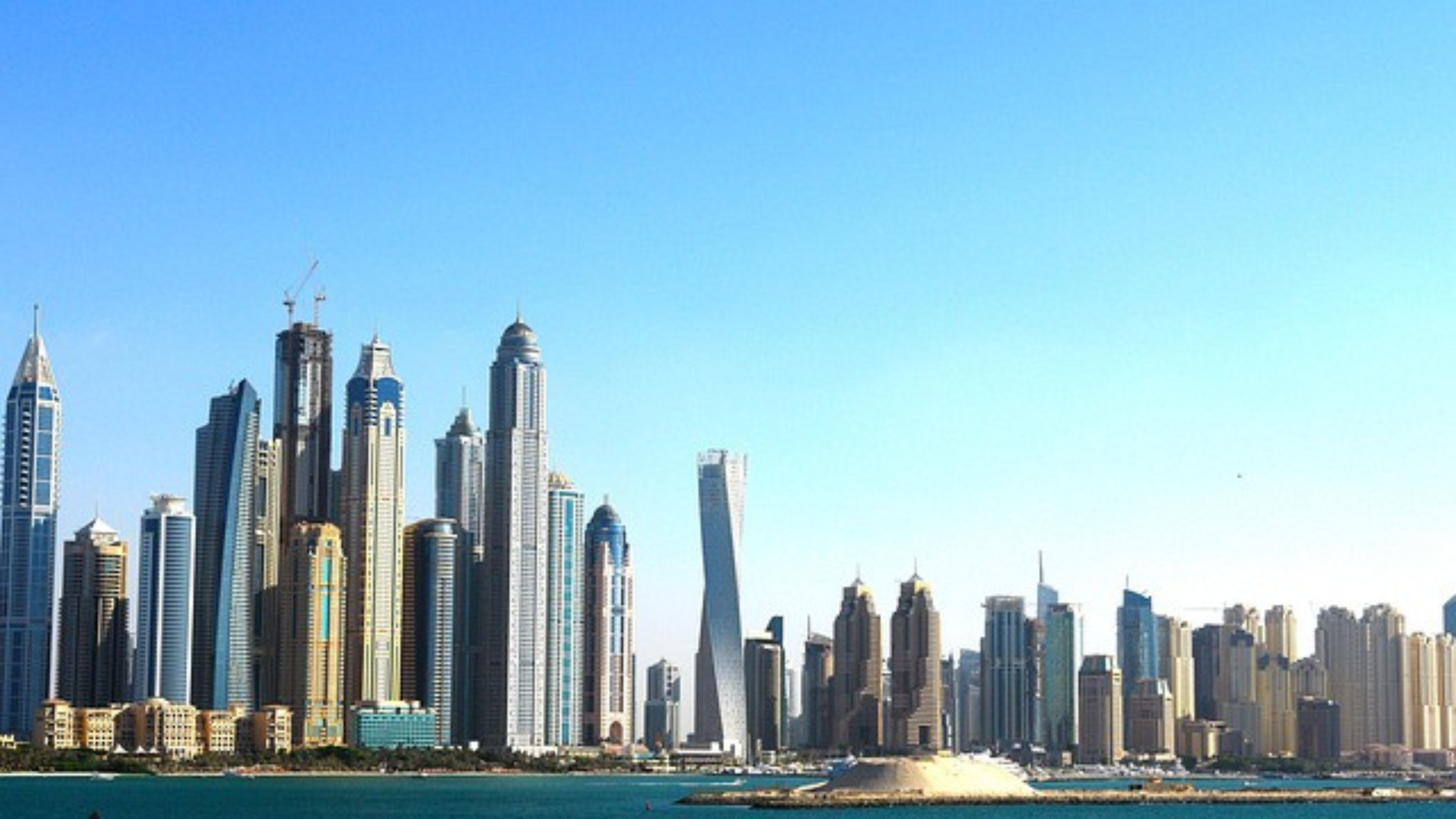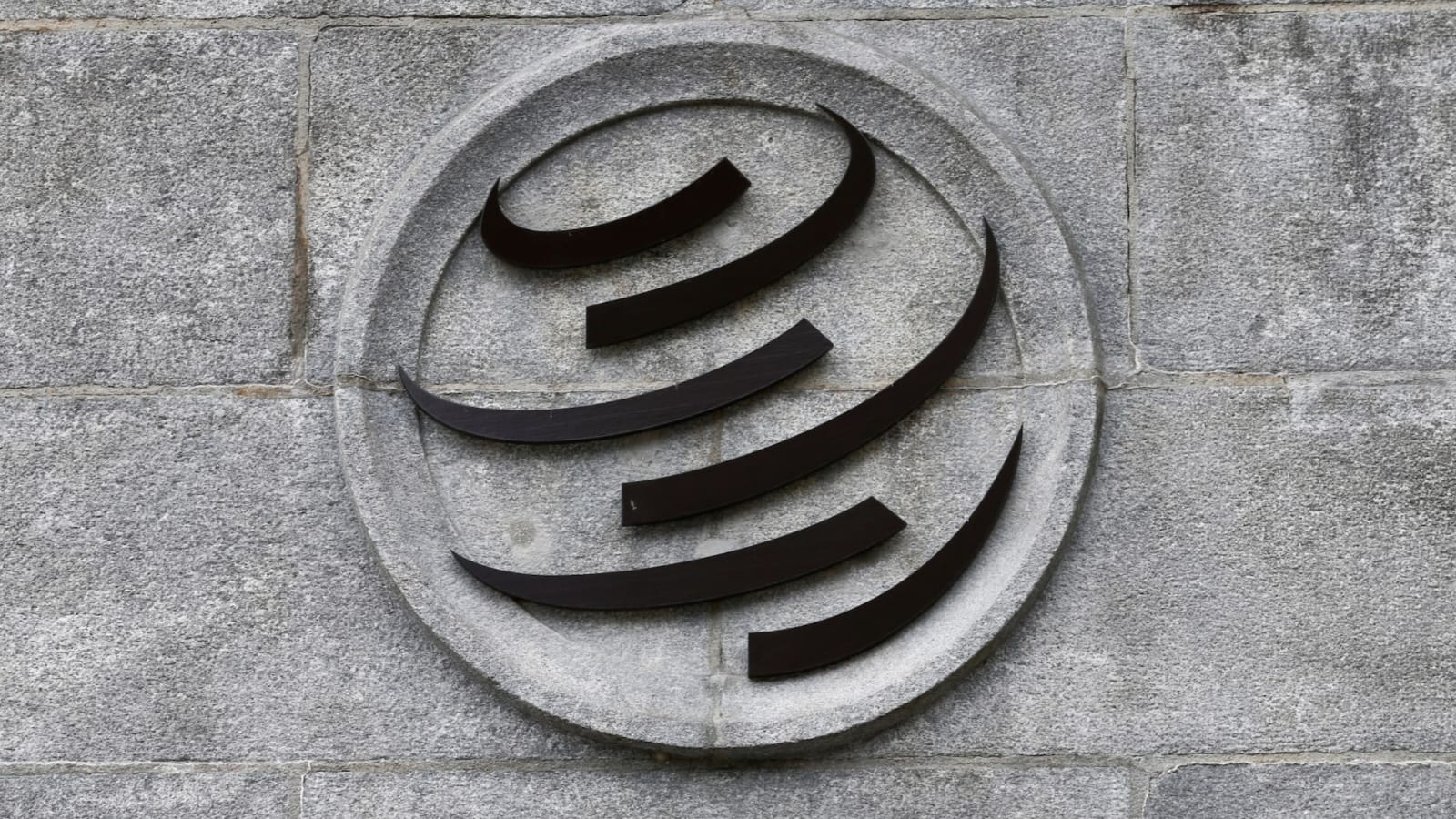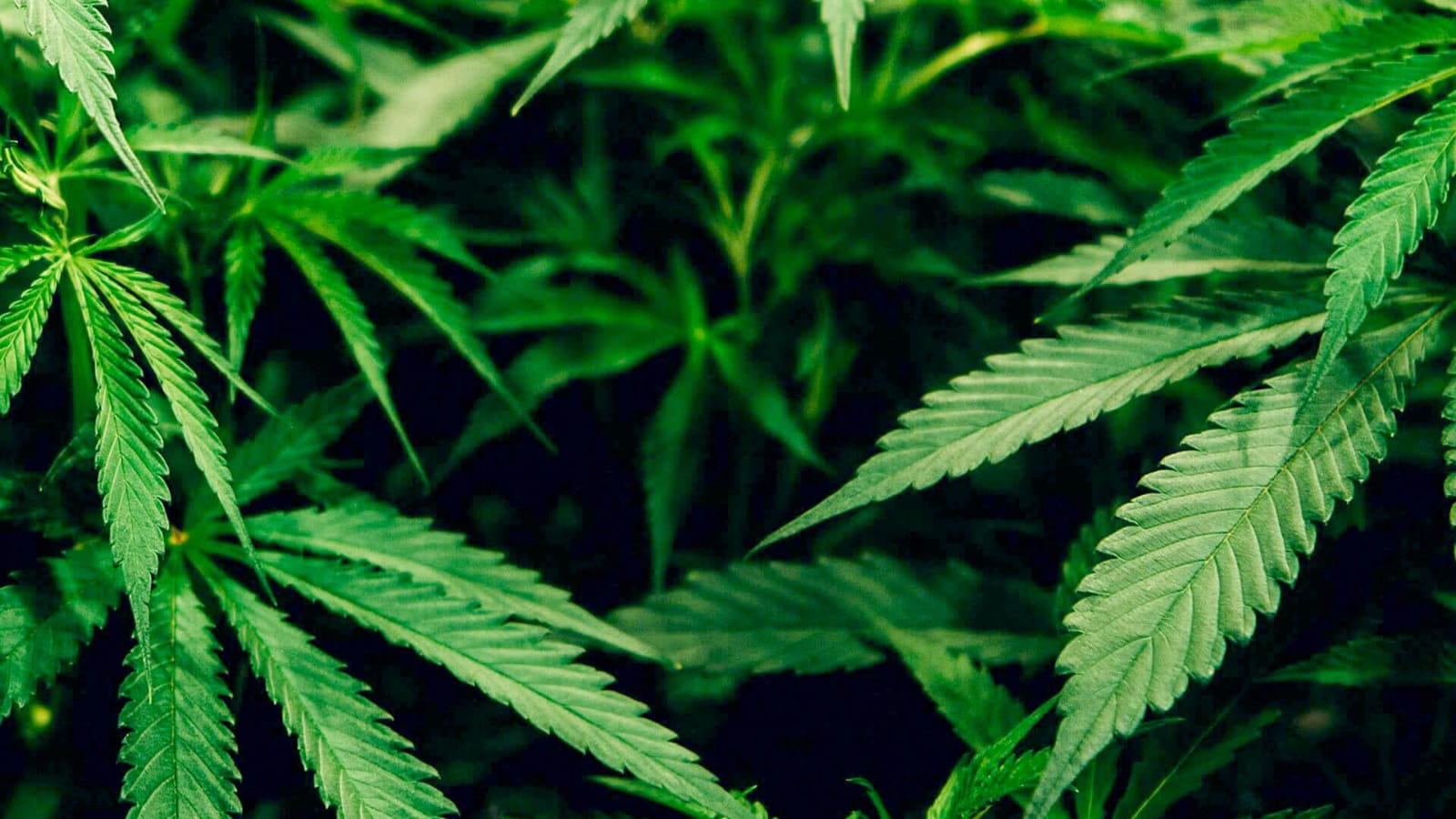India Prepared for Hormuz Closure Amid Iran-US Tensions

India has reaffirmed its preparedness in light of escalating tensions in the Middle East, particularly around the Strait of Hormuz—a strategic maritime chokepoint that facilitates nearly one-fifth of the world’s oil trade. As Iran hints at the possibility of closing the Strait in response to recent US military actions, Union Petroleum and Natural Gas Minister Hardeep Singh Puri assured that the Indian government is closely monitoring the situation and is ready to take “all necessary measures” to ensure energy stability and affordability.
Strait of Hormuz: A Vital Artery of Global Oil Trade
The Strait of Hormuz connects the Persian Gulf with the Gulf of Oman and the Arabian Sea. Roughly 21% of global petroleum liquids—about 17 million barrels per day—pass through this 21-mile-wide passage, according to the U.S. Energy Information Administration. Any obstruction here can severely impact energy supplies to Asia and Europe.
Iran, situated along this waterway, has repeatedly used the threat of its closure as leverage in geopolitical conflicts. In the current scenario, following a series of airstrikes on its nuclear sites by the United States, Iran’s Revolutionary Guard has publicly stated that closing the strait is “under consideration.”
India’s Assurance: Fuel Supply Will Remain Unaffected
On Sunday, Union Minister Hardeep Singh Puri addressed concerns related to the potential closure and its impact on Indian energy imports. Speaking to news agency ANI, Puri said, “The Modi government has, over the past several years, not only ensured the stability of supplies, but also affordability. We will take all necessary measures to ensure that.”
Puri acknowledged that the full extent of the closure’s impact would become clearer once markets opened the following day. He explained that while oil prices have fluctuated between USD 65 and 75 per barrel for a long period, the market has enough oil availability to balance potential shocks.
India’s Diversification Strategy Reduces Strait Dependence
India has taken several strategic steps over the past decade to diversify its sources of energy imports. This includes increasing the share of oil sourced from the Americas, Africa, and other parts of Asia. According to Puri, a large volume of India’s current oil supplies no longer passes through the Strait of Hormuz.
This diversified approach has helped reduce vulnerability to geopolitical tensions in the Gulf region. India’s strategic petroleum reserves, sufficient for several weeks, further cushion against sudden disruptions.
Global Oil Supply Outlook Remains Stable for Now
Despite fears that Iran’s possible action could spark oil price volatility, Puri emphasized that global oil markets are currently well supplied. “More and more oil is coming on the global markets, particularly from the Western Hemisphere. Even traditional suppliers would be interested in keeping the supplies because they also need revenue,” he said.
Major global oil producers, including the United States, Brazil, and Canada, have significantly increased their output in recent years. The US, in particular, has become the world’s largest producer of crude oil, giving oil-importing nations additional avenues for procurement outside the Middle East.
The Iran Factor: Military and Political Implications
Iran’s suggestion of closing the Strait came after US President Donald Trump confirmed that “very successful” strikes had been carried out on Iran’s underground nuclear sites, including Natanz, Fordow, and Isfahan. The move has intensified existing tensions in the region.
Although no official closure has occurred, such statements are often used by Iran to demonstrate strategic intent or apply pressure in diplomatic confrontations. Historically, Tehran has threatened to block the Strait in times of sanctions or direct confrontation with Western nations.
Energy Security and National Resilience: India’s Broader Plan
India’s emphasis on energy security has taken greater shape under a comprehensive national strategy. The government has established three major strategic petroleum reserves in Vishakhapatnam, Mangalore, and Padur, with further expansion underway. These reserves aim to provide a buffer for at least 10 to 15 days of imports.
Moreover, India has actively pursued long-term contracts with suppliers in Russia, Saudi Arabia, and the UAE. These partnerships ensure consistent delivery and shield the country from spot-market price spikes.
India is also exploring green energy options such as hydrogen fuel, bioenergy, and solar power. These moves are part of its long-term effort to reduce fossil fuel dependence and enhance national energy resilience.
Oil Markets Await Monday with Uncertainty and Caution
While India remains optimistic about its preparedness, markets across the globe are waiting to see how the situation unfolds. Sunday saw no trading activity, but Monday’s opening is likely to reflect investor reactions to both geopolitical tensions and oil supply outlooks.
Energy analysts have noted that markets often react emotionally to headlines before settling based on actual logistics. If Iran follows through with its threat, prices could spike temporarily. However, global reserves, alternate supply chains, and strategic petroleum reserves could help mitigate the economic shock.
Diplomacy Still Has a Role in De-Escalating Tensions
Even as nations prepare for worst-case scenarios, diplomatic efforts are underway behind the scenes. Countries that rely heavily on energy trade through the Strait, including Japan, South Korea, China, and many EU members, have expressed concern and urged restraint.
The United Nations and several Gulf Cooperation Council (GCC) members have also emphasized the need for dialogue and de-escalation. The region’s fragile peace has historically been maintained through such multilateral diplomacy, especially in times of heightened military activity.
Strategic Preparation Meets Geopolitical Uncertainty
India’s assurance comes at a critical time for both domestic and global energy markets. While the threat of a Strait of Hormuz closure by Iran raises legitimate concerns, India’s response reflects a mature, forward-thinking energy policy rooted in diversification, strategic reserves, and diplomatic neutrality.
Minister Hardeep Singh Puri’s remarks serve not only to reassure the domestic population but also to reinforce India’s position as a resilient and responsible energy importer. By choosing not to engage in political rhetoric and instead focusing on preparedness and supply continuity, India has demonstrated a balanced and practical approach to a potential global energy crisis.
The coming days will be crucial. Whether or not Iran acts on its threat, the situation underscores the importance of strategic foresight and energy independence in today’s interconnected world. For now, India seems well-positioned to weather the storm.







